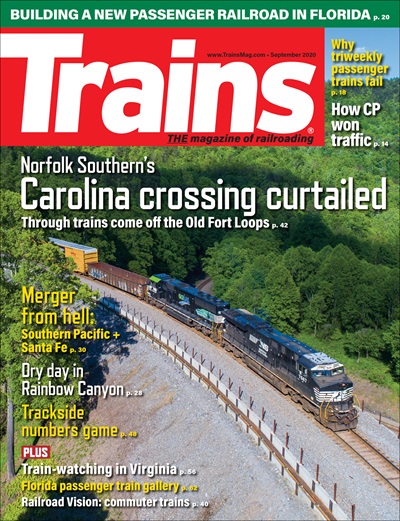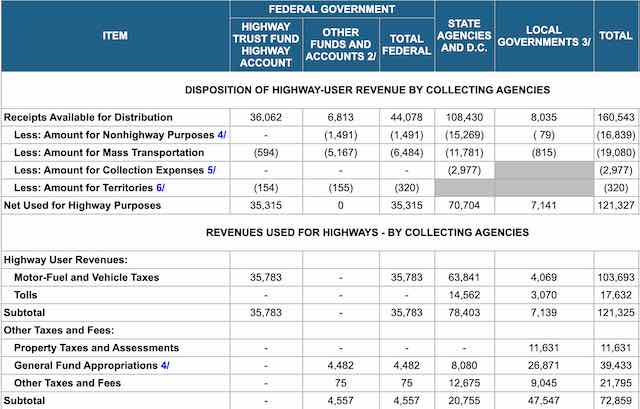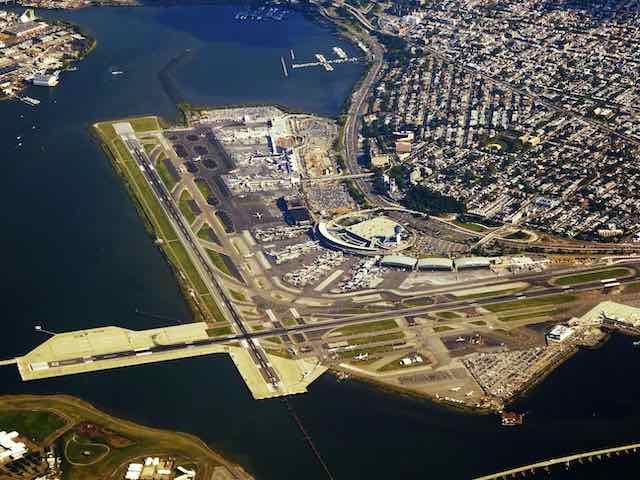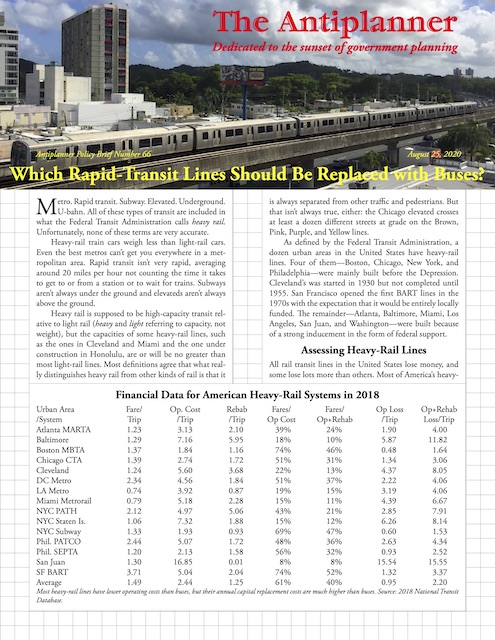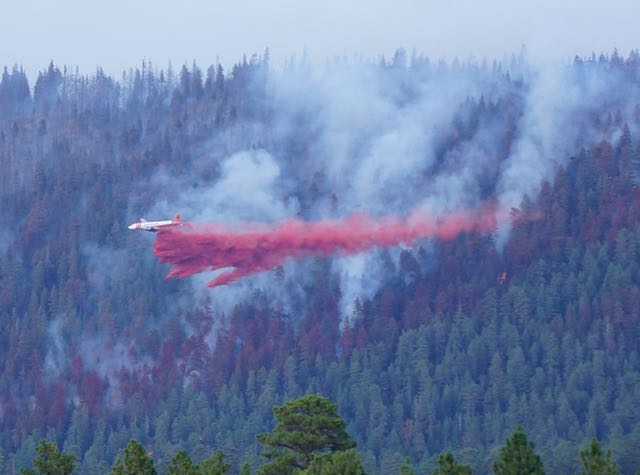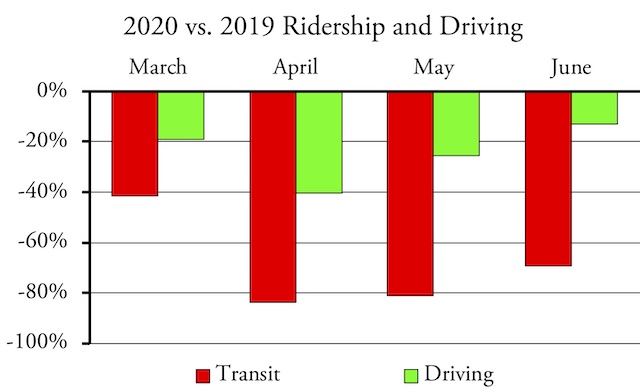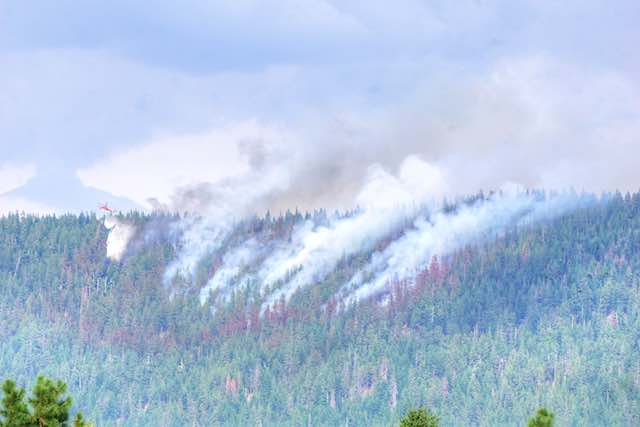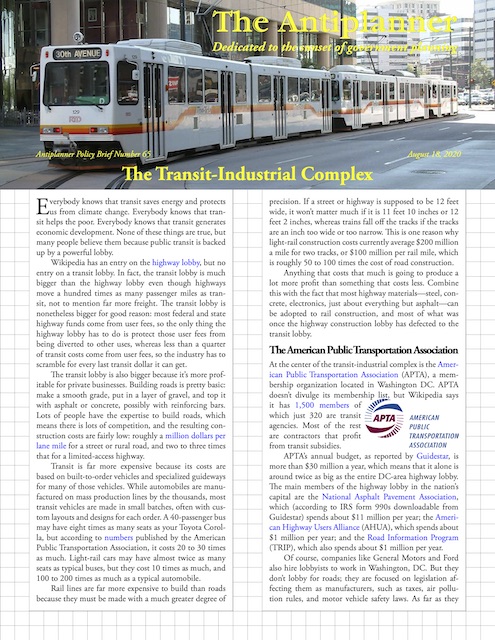Writing in the September Trains magazine, which isn’t available on line, transit advocate Malcolm Kenton argues that rail transit agencies can thrive in a pandemic and post-pandemic world by shifting strategies. But he doesn’t mean shifting business strategies to attract more riders; he means shifting propaganda strategies to attract more tax dollars.
“Transit advocates will need to tell a different story that de-emphasizes ridership as the key measure of success and focuses less on attracting higher-income riders,” he says. “Instead, the pandemic reveals how dependent we all are on effective transit even if we never set foot on a train or bus, and even if trains or buses carry much less than their capacities.” Continue reading

